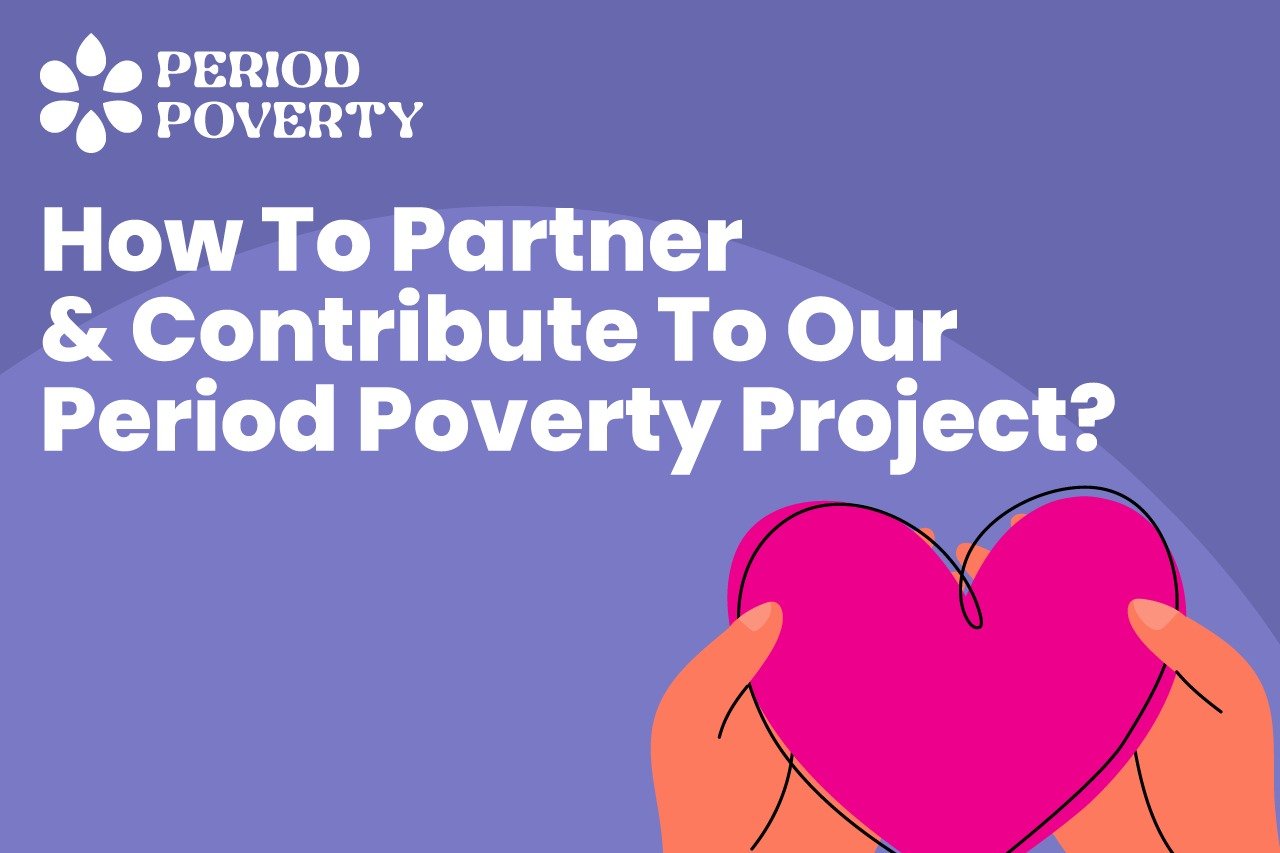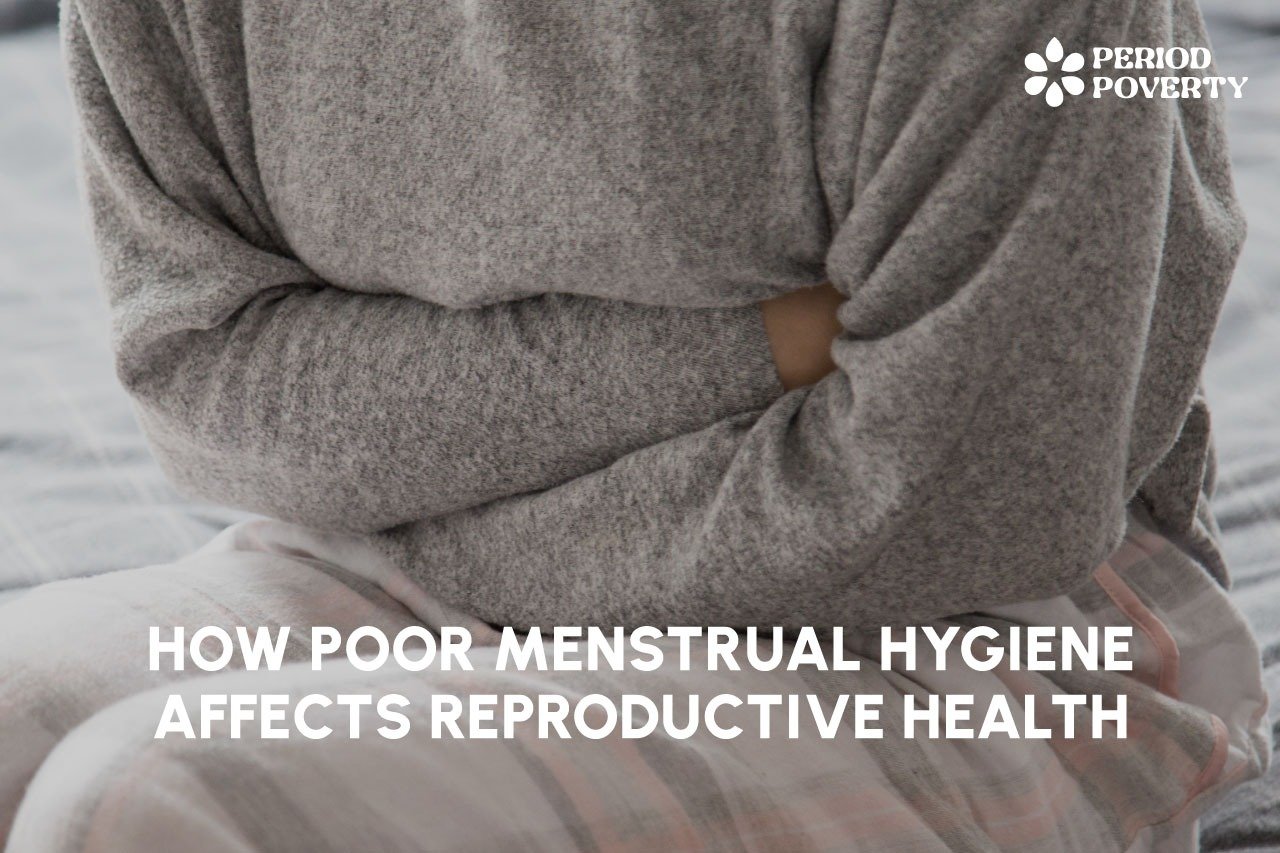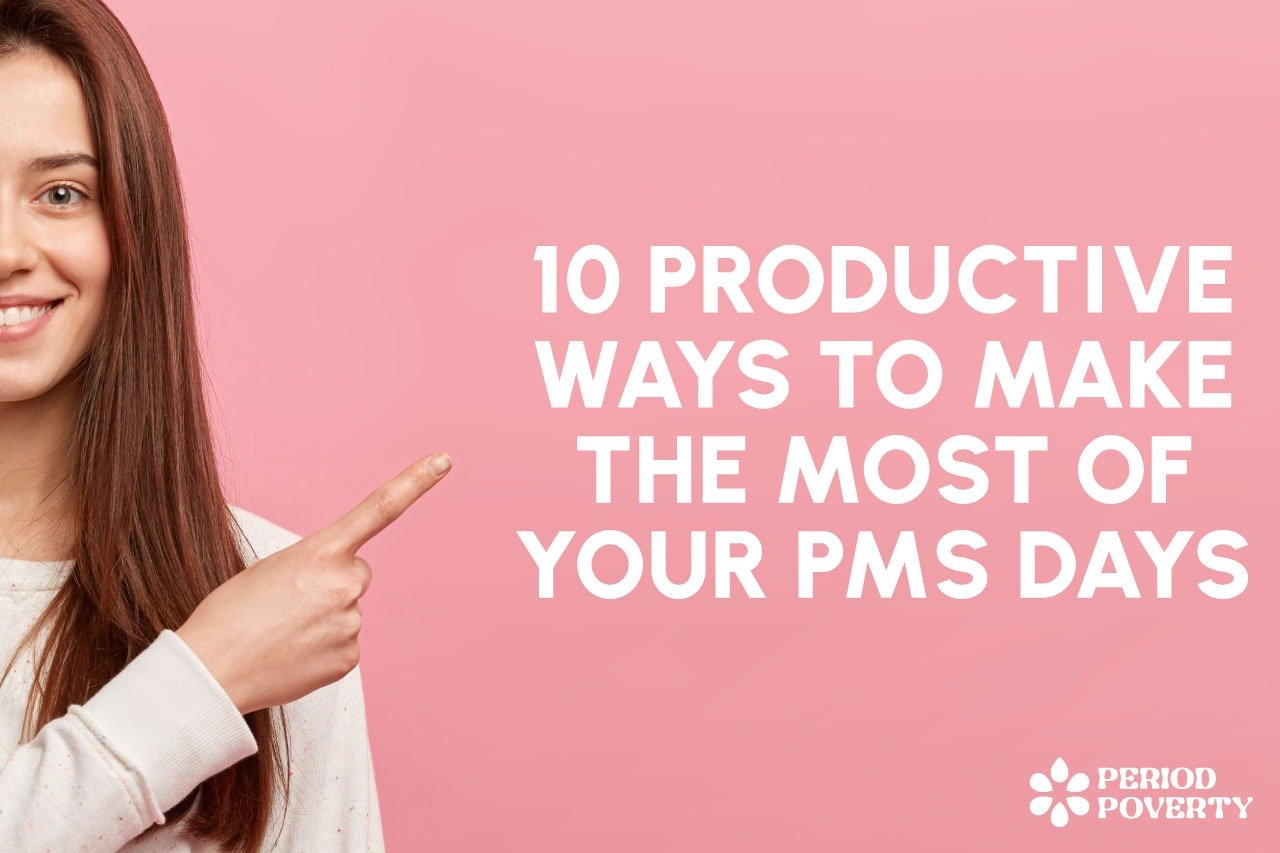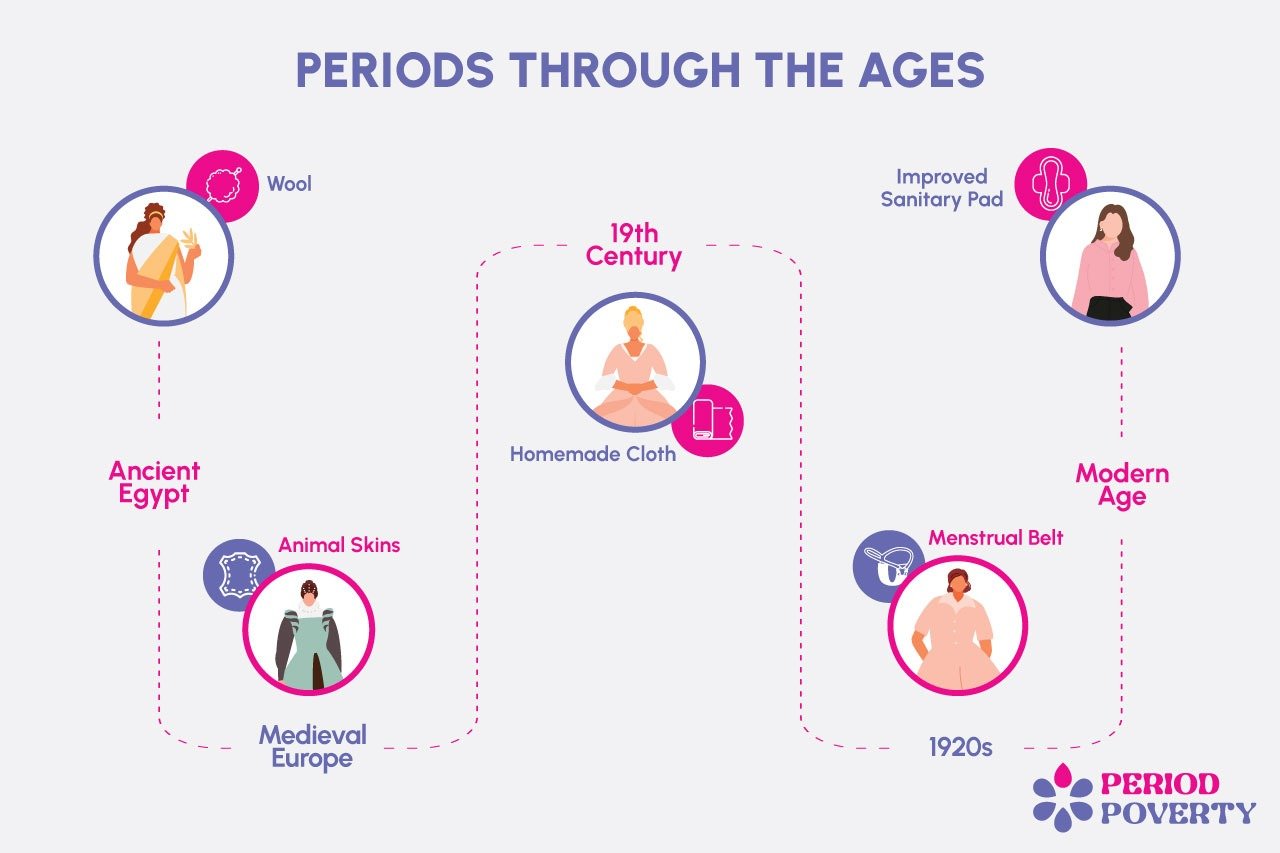Menstrual cramps, often known as dysmenorrhea, are a monthly reality for many individuals, disrupting routines and causing discomfort that ranges from mild to incapacitating. These cramps aren’t merely a nuisance; they stem from a complex interplay of hormonal fluctuations and bodily responses. Prostaglandins, hormone-like compounds, take center stage, signaling the uterus to contract during menstruation, resulting in those familiar cramps. Yet, this discomfort isn’t universal; it varies in intensity and duration, affected by factors like individual physiology, underlying health conditions such as endometriosis or fibroids, and even stress levels.
Navigating the intricacies of period cramps involves decoding the biological mechanisms and discovering actionable solutions for managing this discomfort. From tried-and-tested remedies like heat therapy and over-the-counter medications to lifestyle adjustments and advanced treatments such as hormonal birth control, there’s a spectrum of relief strategies available. This comprehensive guide aims to delve into the multifaceted nature of period cramps, offering insights into their causes and empowering readers with a range of effective methods to alleviate this monthly challenge.
Unveiling the Underlying Causes
Menstrual cramps aren’t a random occurrence but rather a reflection of the orchestrated hormonal activity within your body. Prostaglandins, these biochemical messengers akin to hormones, play a pivotal role in orchestrating these monthly discomforts. These compounds prompt the uterine muscles to contract, a natural response designed to shed the uterine lining during menstruation. However, when prostaglandins are overproduced, they instigate more intense and prolonged contractions, resulting in the characteristic pain and discomfort experienced by many.
Moreover, conditions such as endometriosis, where tissue similar to the uterine lining grows outside the uterus, or fibroids, noncancerous growths in the uterus, can exacerbate these cramps. These conditions amplify the intensity of menstrual pain due to increased inflammation and disturbances in the normal functioning of the reproductive organs. Similarly, pelvic inflammatory disease (PID), often caused by sexually transmitted infections, can lead to inflammation and scarring in the reproductive organs, intensifying menstrual discomfort.
Additionally, for some individuals, ovulation—when an egg is released from the ovary—can bring about mid-cycle pain or discomfort, creating an additional layer of unease during the menstrual cycle. This mid-cycle discomfort, often termed ovulatory pain, occurs due to the stretching of the ovarian wall before the egg is released, contributing to the spectrum of discomfort experienced by those with menstrual cycles. Understanding these intricate interplays of hormonal fluctuations and underlying conditions sheds light on the diverse and multifaceted nature of menstrual cramps, allowing for a more comprehensive approach to relief strategies.
Strategies for Effective Relief
1. Heat Therapy
Applying heat to the lower abdomen can provide remarkable relief from menstrual cramps. Whether it’s a heating pad, a hot water bottle, or even a warm bath, the comforting warmth relaxes the muscles, easing the intensity of the cramps.
2. Over-the-Counter Medications
Nonsteroidal anti-inflammatory drugs (NSAIDs) like ibuprofen, naproxen, or aspirin are go-to remedies for many. They not only alleviate pain but also inhibit prostaglandin production, reducing the intensity of the cramps. [1]
3. Dietary Adjustments
What you eat matters! Avoiding caffeine, excessive salt, and fatty foods can help minimize bloating and discomfort. Opt for a balanced diet and consider incorporating magnesium-rich foods like leafy greens, nuts, and seeds. Magnesium may help ease menstrual cramps for some individuals.
4. Physical Activity
Believe it or not, moderate physical activity can be a powerful tool against cramps. Engaging in exercises such as walking, gentle yoga, or stretching can increase blood flow, relax muscles, and alleviate cramps.
5. Herbal Remedies
Nature has its own remedies! Ginger or chamomile tea, known for its anti-inflammatory properties, might offer relief from the discomfort of menstrual cramps.
Advanced Relief Methods
1. Consultation with Healthcare Professionals
If the pain is severe or significantly impacts your daily life, consulting healthcare providers is vital. They can assess your symptoms, rule out underlying conditions, and provide personalized solutions or treatments.
2. Stress Management and Lifestyle Changes
Stress can exacerbate menstrual discomfort. Incorporating stress-reducing activities like meditation, deep breathing exercises, or ensuring adequate sleep can alleviate the severity of cramps. Hydration also plays a role; staying adequately hydrated can minimize bloating and discomfort during menstruation. [2]
Empowering Yourself for Long-Term Relief
Understanding your body’s unique responses and triggers is empowering. Experimenting with different relief methods and observing what works best for you is key to managing period cramps effectively. Remember, everybody is different, so finding your personalized approach might require trial and error.
Menstrual cramps, often an unwelcome visitor, have the potential to disrupt daily life and hinder productivity. However, armed with a deeper understanding of their underlying causes and an array of practical strategies, you can navigate these monthly challenges more easily. Empowerment through knowledge is key; comprehending the intricate hormonal mechanisms triggering these cramps empowers individuals to proactively address them.
Exploring effective relief methods forms a crucial aspect of managing period cramps. From tried-and-tested remedies such as heat therapy to lifestyle modifications like dietary adjustments and regular exercise, a spectrum of strategies is available. Heat therapy, in the form of a cozy heating pad or a warm bath, acts as a soothing balm for the aching muscles, providing relief from the discomfort. Over-the-counter medications like NSAIDs can be a quick fix to alleviate the intensity of the cramps by reducing inflammation and easing pain. Moreover, dietary changes, such as opting for magnesium-rich foods and avoiding triggers like caffeine or excessive salt, may significantly contribute to minimizing menstrual discomfort.
However, this journey towards managing period cramps isn’t solely about self-help remedies; seeking guidance from healthcare professionals is paramount. Consulting with a healthcare provider can offer personalized advice, ruling out underlying conditions and providing tailored solutions. It’s crucial not to overlook persistent or severe cramping, as it might signal an underlying issue that requires attention and specific treatments.
In conclusion, armed with the knowledge of causative factors and a repertoire of practical strategies, you can take control and diminish the impact of menstrual cramps on your life. Remember, your body is unique; finding what works best for you may require experimentation. Don’t hesitate to reach out to healthcare professionals for guidance, ensuring a smoother journey through the challenges posed by period cramps. Ultimately, by understanding and addressing these cramps proactively, you can reclaim comfort and navigate your menstrual cycle more comfortably and confidently.






